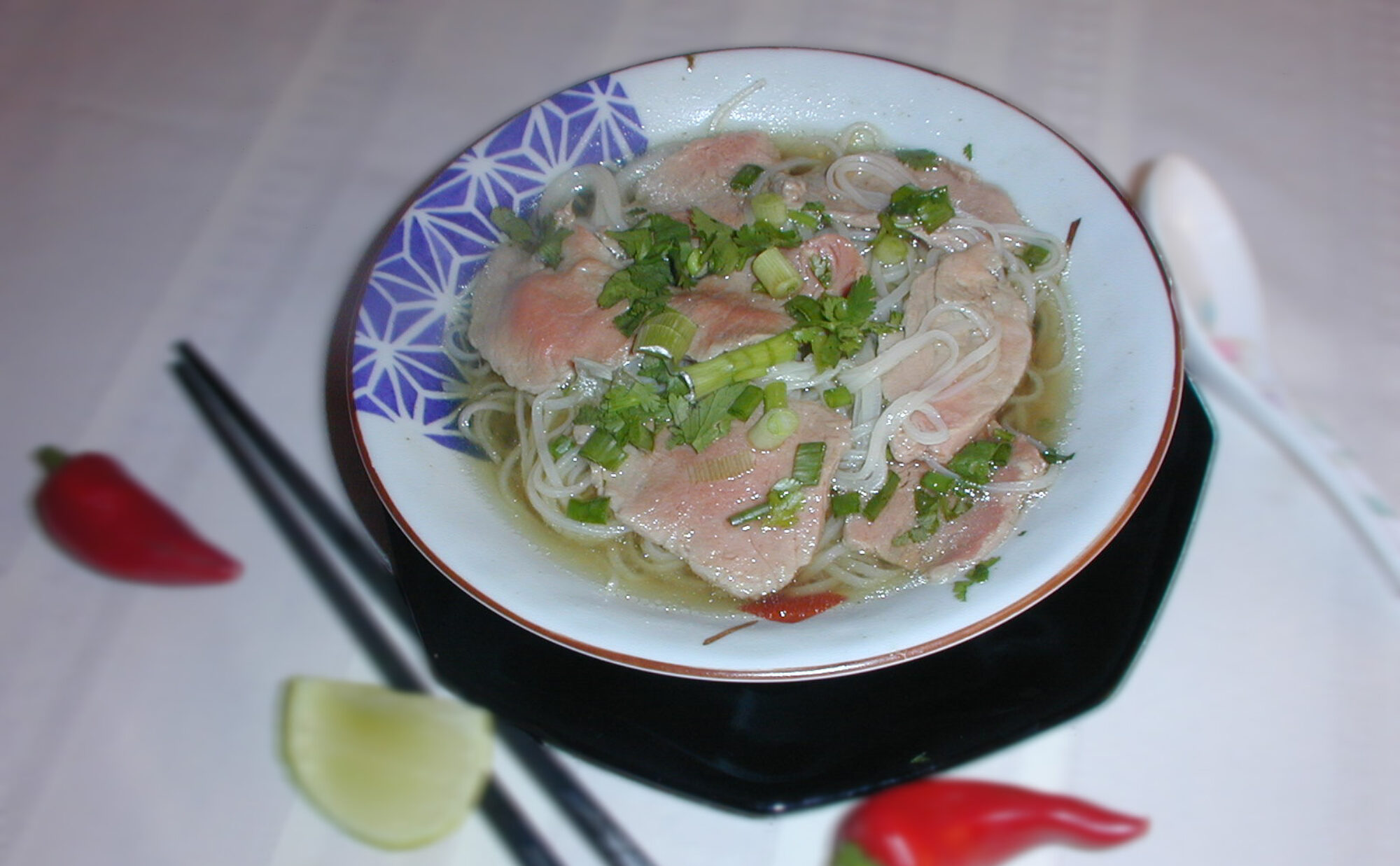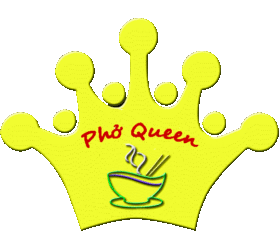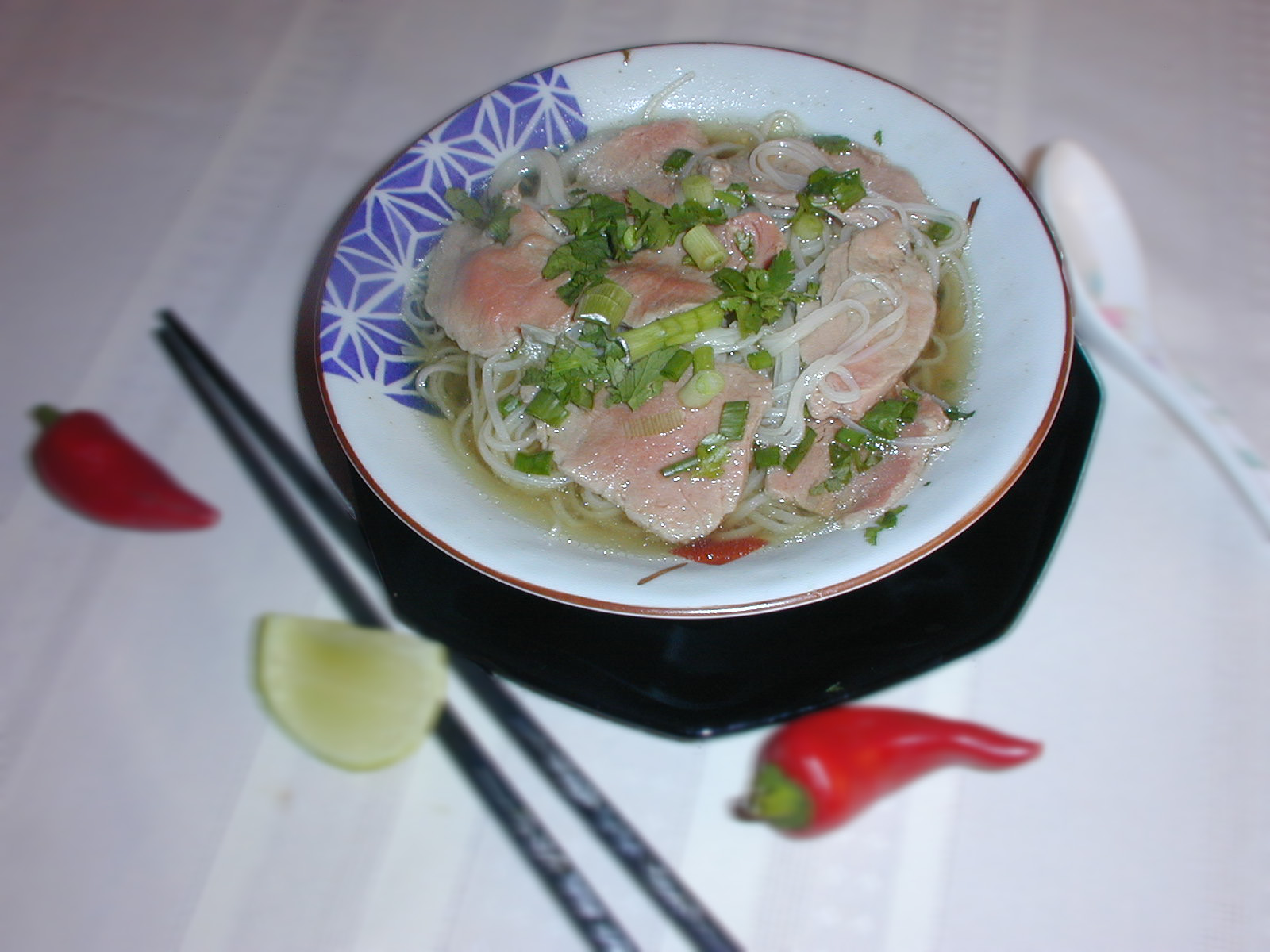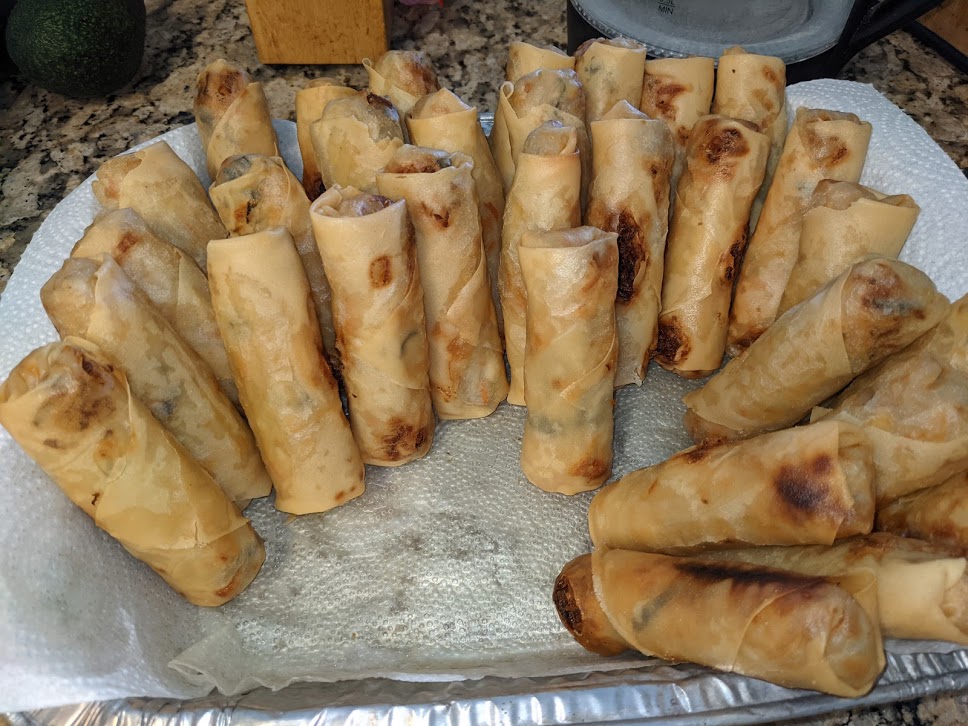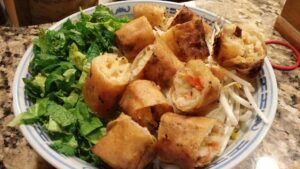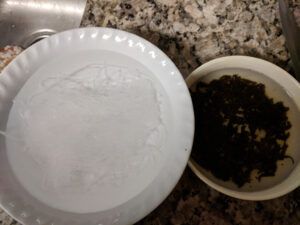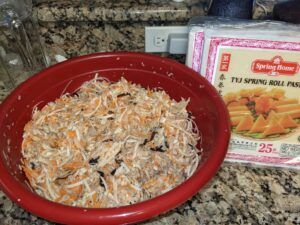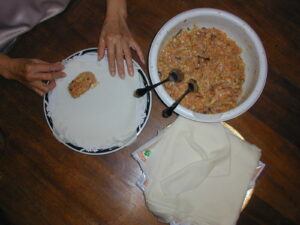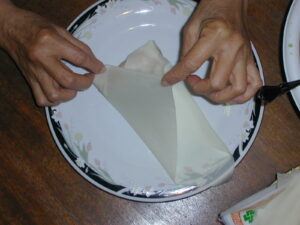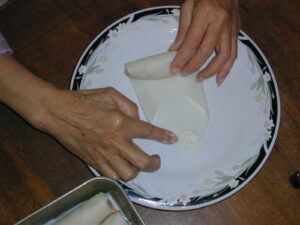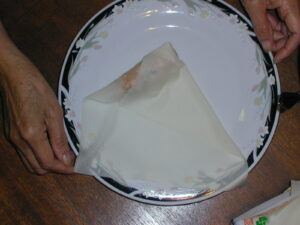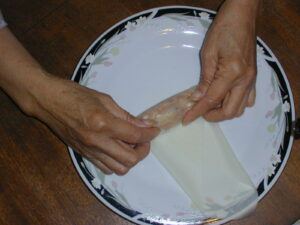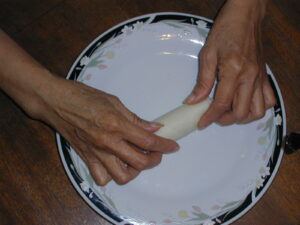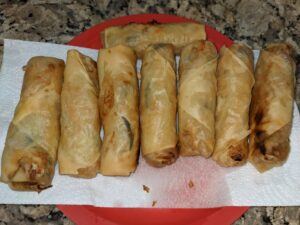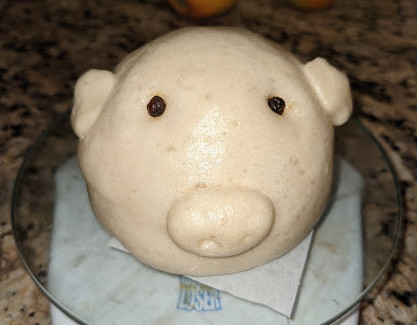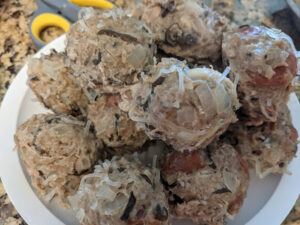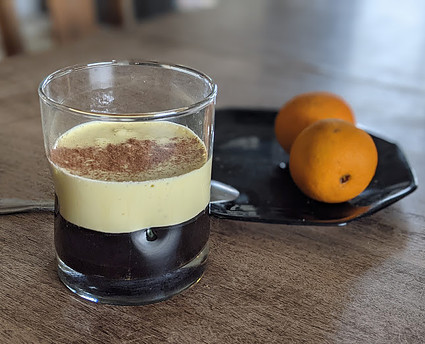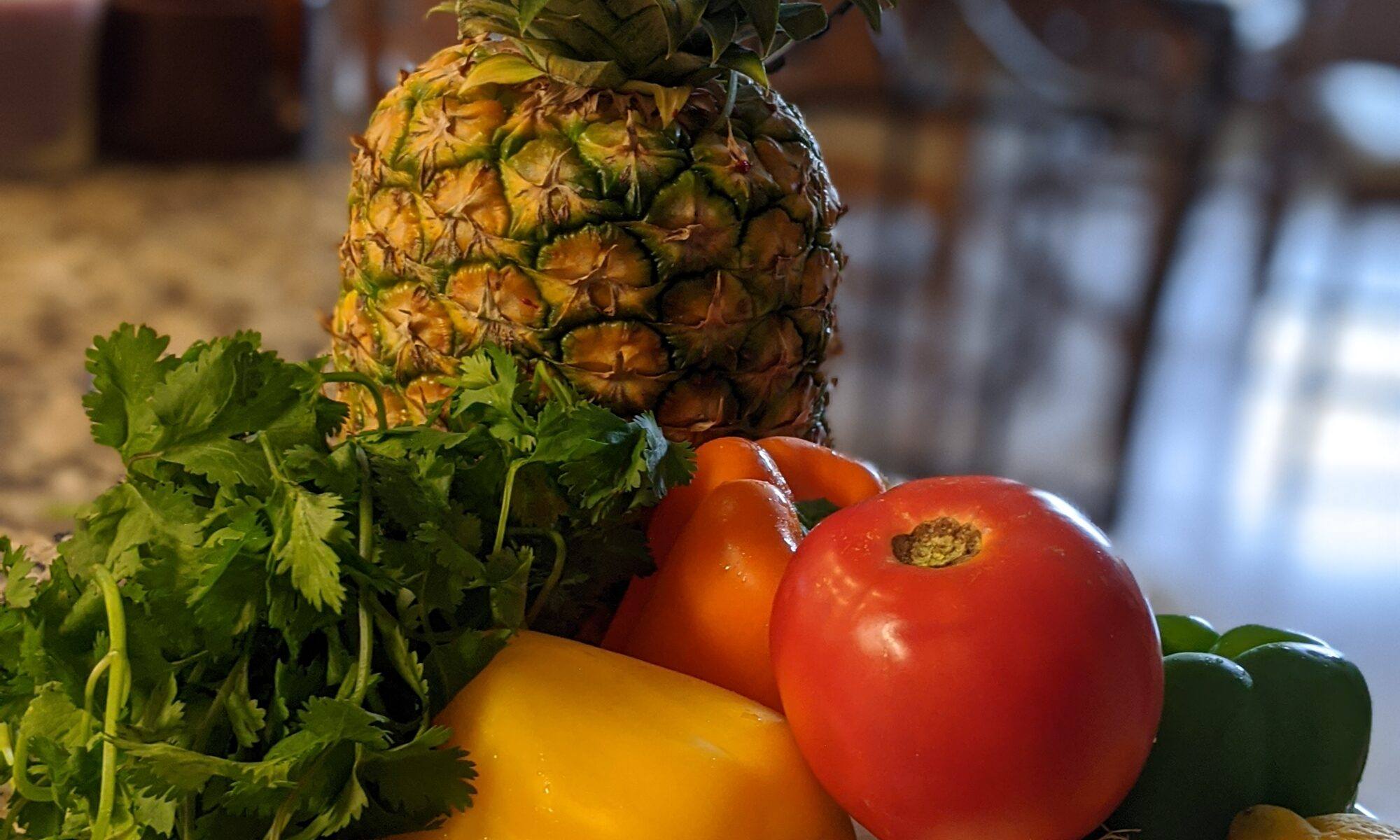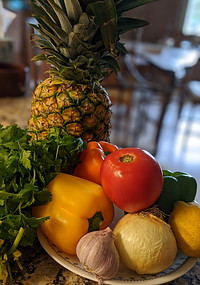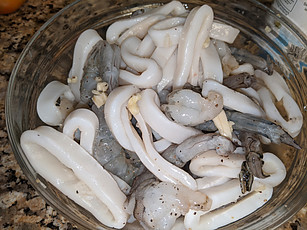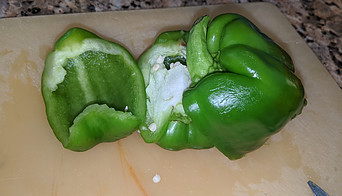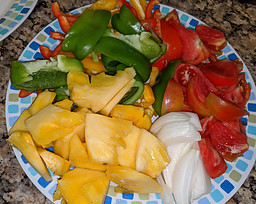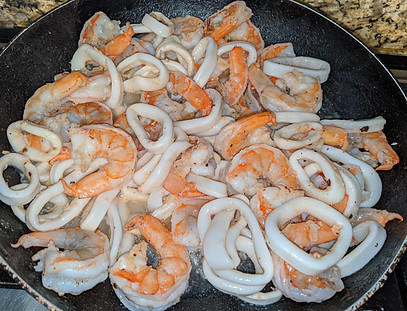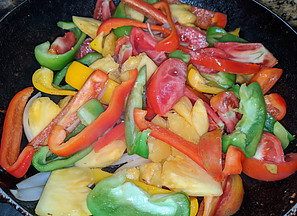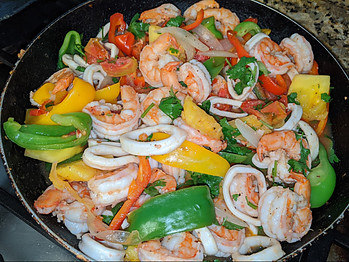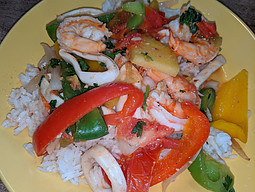Pho beef noodle soup is one of the most popular Vietnamese dishes. It is also one of my family’s favorite noodle soups. Knowing our weakness, my parents bribed all the children including myself with an unlimited amount of Phở once arrived in America with a condition that we promise to behave and cooperate during the escape in 1978. It worked. As children, we did not know any better until much later. All we understood was unlimited “Phở”. YUM!!!
What is Phở Bò?
Phở is a rice noodle soup with seasoned and flavorful clear broth. It reminds me of chicken noodle soup but instead of chicken, it is beef. Even though they are both comfort food, the flavor is not the same.
When you think of beef broth, you would automatically think of stew, dark broth, heavy, and meaty. Quite the contrary, the broth is clear, light, and flavorful.
Most Vietnamese eat Phở for breakfast, however, it is also good for lunch, dinner, or midnight snacks. Phở is composed of rice noodles and thinly sliced beef soaked in beef broth. It is served with mint leaves, Thai basil, bean sprouts, Dragon or Monkey sauce, lemon, and optional hot chili peppers. Make sure to read this recipe at least once before you start.
As the owner of this website, I tracked down special deals for some products or services mentioned herein. As an Amazon Associate, I earn from qualifying purchases. When you use the link from this page to make a purchase, I may receive a small commission to support this website, and you may receive a great bargain – Full Disclosure.
Ingredients
- 3 to 5 pounds oxtail, chopped into 1 to 2 inch long pieces and/or beef bones
- 1-inch ginger root
- 1 medium regular onion
- 4 cubes Phở beef flavor bouillon or 2 to 3 tbsp Beef Flavored “Phở” Soup Base (adjust to taste)
OR
- 1 bag Gia Vị Nấu Phở ( Phở flavor spice)
- 1 teaspoon sugar
- 1 teaspoon salt
- 1 (16-ounce) package, bánh phở, oriental style noodles, cooked (fresh or dry)
- 1 pound beef sirloin, thin slices
- 1 lemon, cut into 4 wedges
- 1 cup finely chopped green onion
- 1 cup finely chopped cilantro
- 1 pound beansprouts
- 1 cup finely chopped Thai basil
- 1 bunch of basil mint leaves
- red pepper, chili, or pepper sauce (optional)
- Phở Queen’s Monkey or Dragon sauce (optional)
Making the Broth
For the “Phở” broth you can also substitute beef with chicken or veggie. However, the traditional broth is beef broth. Making the broth is the longest process.
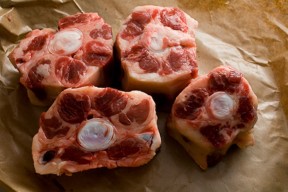
Clean and drain meats and vegetables. Oxtail is not often used in restaurants because it is pretty expensive per pound so it is not as cost-effective. They often use beef bones. That is ok too but oxtail yields additional flavors. Fill a gallon-sized saucepan with enough water to blanket the bones. Bring the water to a boil. Place the oxtail and/or beef bones in the saucepan. Allow simmering for 1 to 2 minutes. Remove the saucepan from the heat. Drain. Boiling the oxtail and /or beef bones helps clean the meat thoroughly, clear the leftover blood and smell, and reduce the excess fat.
In the same saucepan, add 16 cups of water to the oxtail. Bring to a boil at high heat. While waiting for the water to boil, prepare the vegetables, and 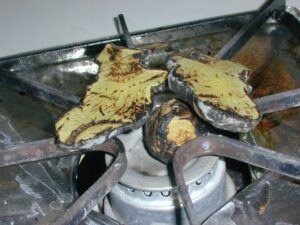 cut the ginger and onion into halves. Place the ginger and onion on a stove range. Roast to a crisp on the open flame or burner. You can also pan-roasted ginger and onion or use the mode Sauté in the Instant Pot.
cut the ginger and onion into halves. Place the ginger and onion on a stove range. Roast to a crisp on the open flame or burner. You can also pan-roasted ginger and onion or use the mode Sauté in the Instant Pot.
Wash and drain the ginger and onion halves. Slice the ginger into thin slices. Leave the onion in two halves. Drop the onion and ginger slices into the broth. Once boiling, reduce the heat to medium-low. Cover and simmer for at least 60 to 120 minutes.
If you are using an Instant Pot, you can add 4 to 6 cups of water to the pot. It depends on how many bones you are cooking. You can fill the water to the maximum mark. Close the lid and push the pressure cook for 30 minutes.
At this time and before I add any flavorings, I like to remove some of the large beef bones for my dog to chew on. Warning, do not give your dog the bones or meat with all the seasoning such as cinnamon, anise, and cloves. The flavor could be overpowering and the dogs may throw up.
After the first 30 minutes in the Instant Pot, you can allow the air to release. Then add the seasoning.
Add the Phở cubes or beef flavored “Phở” soup base, 1 bag Gia Vị Nấu Phở, sugar, and salt to the broth. Beef flavored “Phở” soup base has no msg. It also included the Phở flavored spice pouch in the container. Cook for an additional 40 minutes on a stovetop or another 20 minutes with an Instant Pot.
Taste the broth and adjust with additional salt if necessary. Remove the oxtail pieces/beef bones, Gia Vị Nấu Phở bag, and onion. Keep only the broth. Reduce the heat to low. Skim any fat layer on top of the broth.
Slicing the Beef
The traditional beef is brisket because it has mixed in fat, tendon, and skin. However, I use sirloin steak such as beef top round. I like less fat and tendon.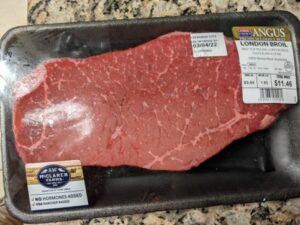
While the broth is simmering, slice the beef into thin slices. 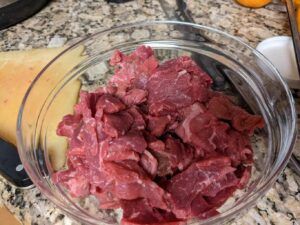
Making the Noodles
Boil the rice noodles. Follow the instructions on the noodle bag. I usually fill a saucepan with water and bring it to a boil. Pour in the noodles (as much as needed.) I usually make four bowls with one bag of 16 oz noodles.
If I use fresh rice noodles, I cook the noodles for 5 to 7 minutes. If I use the dry noodles, I cook for about 7 to 10 minutes. We do not want to overcook the noodles. The overcooked noodles lose their elasticity and also become mushy.
Setup Pho Bowl
Separate desired amounts of cooked Phở noodles into four medium to large bowls. I usually use from 8 oz to 10 oz of cooked noodles per bowl depending on how hungry we are. Spread 10 to 12 pieces of thinly sliced raw beef on top of the noodles in each bowl.
Pour the hot broth on top of the noodles and beef. Fill to the rim. The broth’s heat cooks the beef to medium-rare. If one prefers his/her beef to be well done, place the beef in a soup ladle into the simmering broth. Cook the beef to the desired texture.
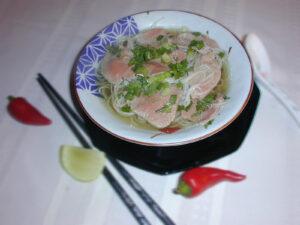
Add a few squirts from a lemon wedge to your bowl. Mix in the desired amount of green onions, cilantro, bean sprouts, mints, and basil leaves. Add the optional condiments such as red peppers, chili sauce, and Magic Monkey or Dragon sauce.
